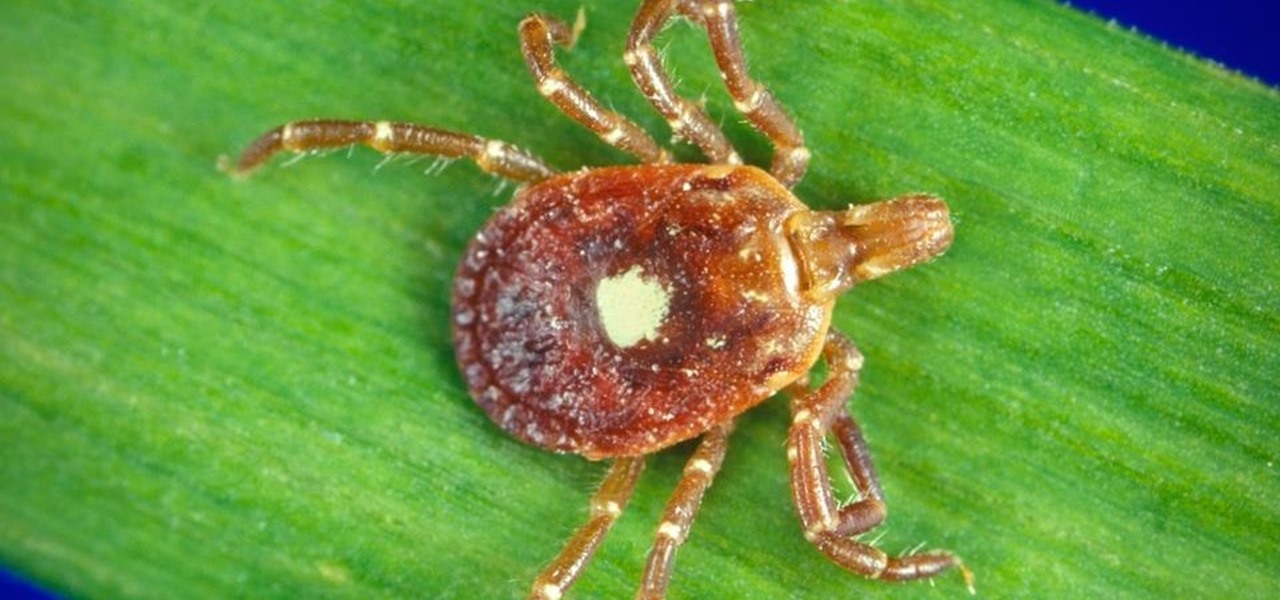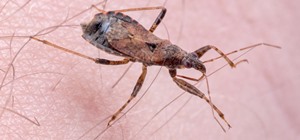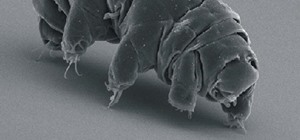The possibility of severe tickborne illness is increasing as an aggressive tick from the American southeast moves up the Atlantic Coast.
The primary carrier of Lyme disease is the well-known blacklegged tick, Ixodes scapularis. Found throughout the northeastern and upper Midwest, the blacklegged tick can carry babesiosis, anaplasmosis, and the emergent Powassan virus in addition to Lyme disease. I. scaplaris is continuing to expand its territory northward and if that were not bad enough, so is the lone star tick.
Named for the single white dot on the back of the female tick, the lone star tick, Amblyomma americanum, carries several pathogens including tularemia, southern tick-associated rash illness (STARI), and ehrlichiosis.
New research, published in the journal Emerging Infectious Diseases from the CDC, suggests that disease caused by the lone star tick is increasing — and seriously underdiagnosed.

Never Heard of Ehrlichiosis?
If you have not heard of ehrlichiosis, you are not alone. The term ehrlichiosis describes infection with one of the three currently known types of Ehrlichia bacteria. Two of these bacteria, Ehrlichia chaffeensis and Ehrlichia ewingii are carried and primarily transmitted by the lone star tick. A third type, Ehrlichia muris-like is carried and transmitted by the blacklegged tick, I. scapularis.
Ehrlichiosis causes a variety of symptoms with different degrees of severity among those bitten. Lone star ticks have large mouthparts and are more aggressive feeders than blacklegged ticks. Plus, they move faster than blacklegged ticks, and are not picky eaters, anything with blood is game. Symptoms often appear within about two weeks of the bite of an infected tick, and include:
- rash (in approximately 60% of children, and 30% of adults)
- confusion
- fatigue, muscle pain, and headache
- fever
- nausea, diarrhea, and vomiting
Ehrlichiosis can be fatal if severe symptoms like breathing difficulty, toxic-shock symptoms, meningitis, or bleeding disorders go untreated. For patients who are already immune-compromised, or chronically ill, the infection is usually more serious. Study authors suggest cases of ehrlichiosis are increasing — and could be misdiagnosed as Rocky Mountain Spotted Fever or missed altogether by physicians accustomed to the more common tickborne infection, Lyme disease.
In this study, the research team, from Rutgers University and the University of Tennessee, compared the human risk of ehrlichiosis infections to Lyme disease in an area known as a hotbed of tick activity, Monmouth County, New Jersey.

Through coordination with the Monmouth County Mosquito Control tick identification service, the researchers analyzed the number and type of ticks submitted to the service for identification. While numbers of blacklegged ticks remain somewhat constant, the incidence of the lone star tick continues to rise.

Using data analysis and risk modeling, the team developed sobering findings concerning the prevalence of the lone star tick, and the serious diseases that the tick can transmit. Those include:
- Lone star ticks are submitted for identification 1.5 times more often than blacklegged ticks.
- More than 11% of lone-star ticks in the study were harbored Ehrlichia bacteria.
- In 2014, there were 439 reported cases of Lyme disease in Monmouth County and two cases of ehrlichiosis.
- Through modeling, researchers determined ehrlichiosis infections from lone star ticks should be occurring approximately half as often as Lyme disease infections. In other words, there should be one ehrlichiosis infection for every two Lyme infections.
- Researchers believe the numbers calculated from their passive surveillance risk model underestimate the real risk of infection from the lone star tick.
- Scientists note ehrlichiosis can appear to be a flu-like illness, and doctors may not recognize it as a tickborne disease. Similar to West Nile virus, some ehrlichiosis infections cause no or few symptoms, especially in younger children or younger adults.
- The study notes that thousands of ehrlichiosis cases are likely not being diagnosed or reported. While this may not seem a problem for people who suffer no or few symptoms, the lack of an accurate diagnosis delays appropriate treatment for those who suffer a severe ehrlichiosis infection. Plus, bacteria — and infection — could be unwittingly transmitted by asymptomatic blood donors to those with compromised immune systems.
Advice to avoid all ticks is the same — avoid their habitat, wear long sleeves, socks, and pants, use repellent, perform tick checks frequently, and shower as soon as possible to wash off ticks or find them on your body. And don't forget, watch for ticks on your four-legged friends this season, too.
Just updated your iPhone? You'll find new emoji, enhanced security, podcast transcripts, Apple Cash virtual numbers, and other useful features. There are even new additions hidden within Safari. Find out what's new and changed on your iPhone with the iOS 17.4 update.



























2 Comments
What is typically used to treat ehrlichiosis?
Hello Kent – Thanks for your post. According to the CDC, the antibiotic doxycycline is commonly used by physicians to treat patients with ehrlichiosis. Rapid treatment is important to avoid potential complications of the infection. Again, thanks for your interest in Invisiverse.
Share Your Thoughts